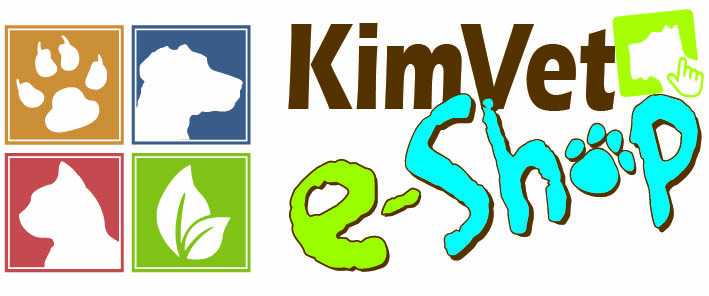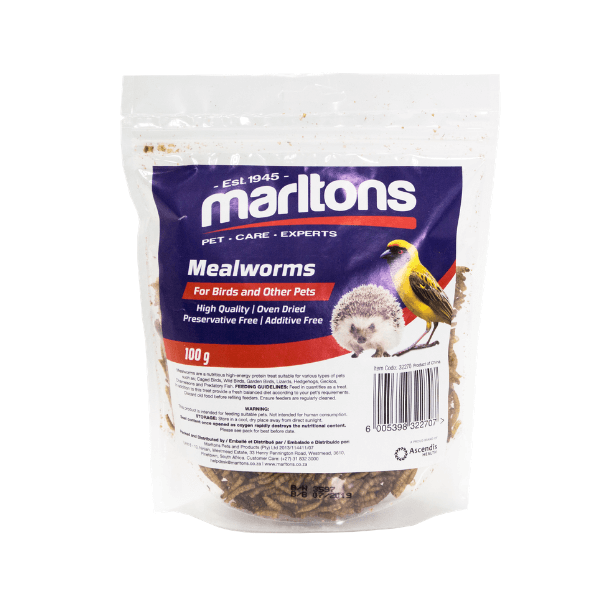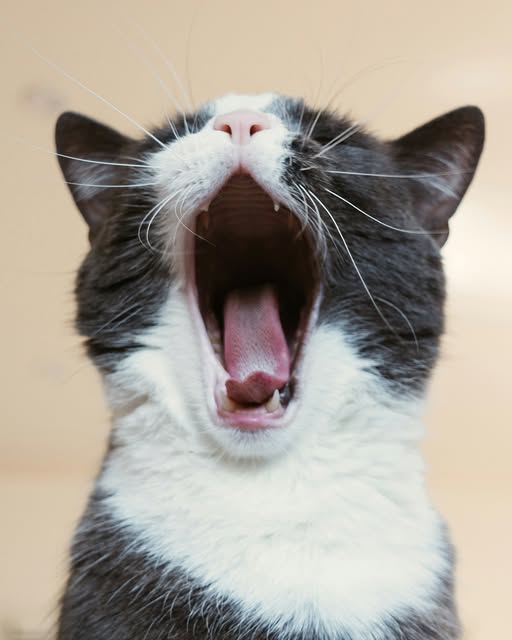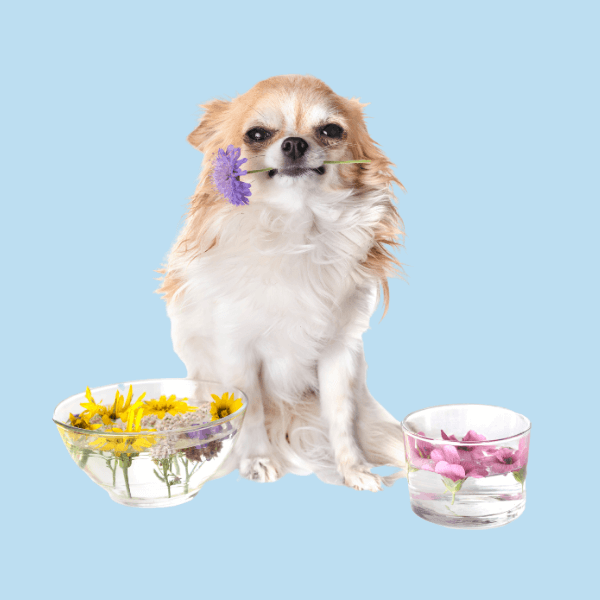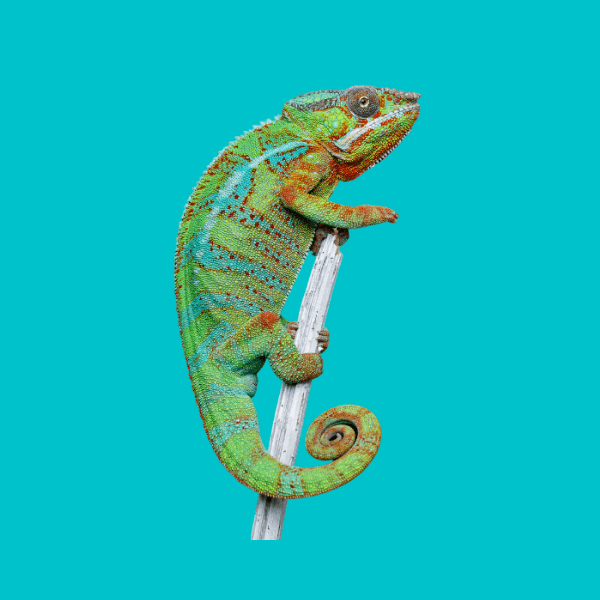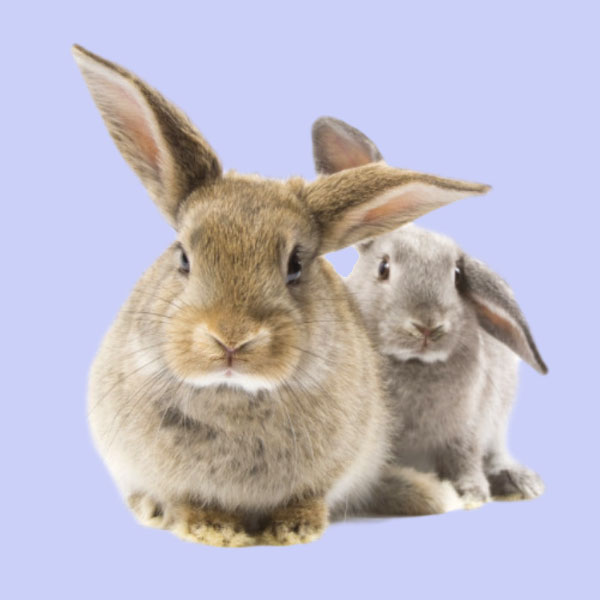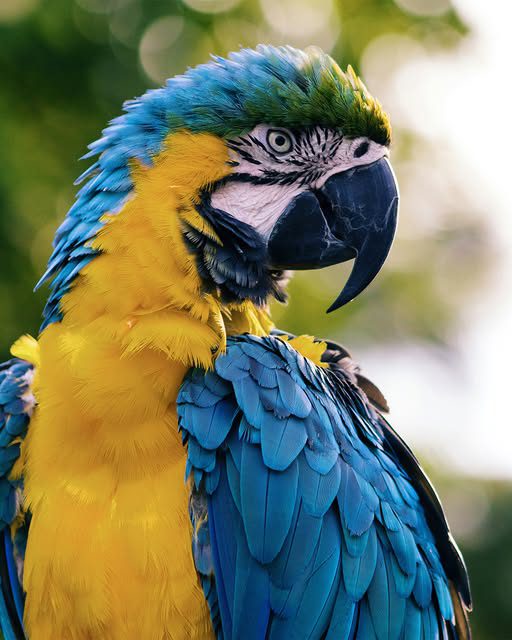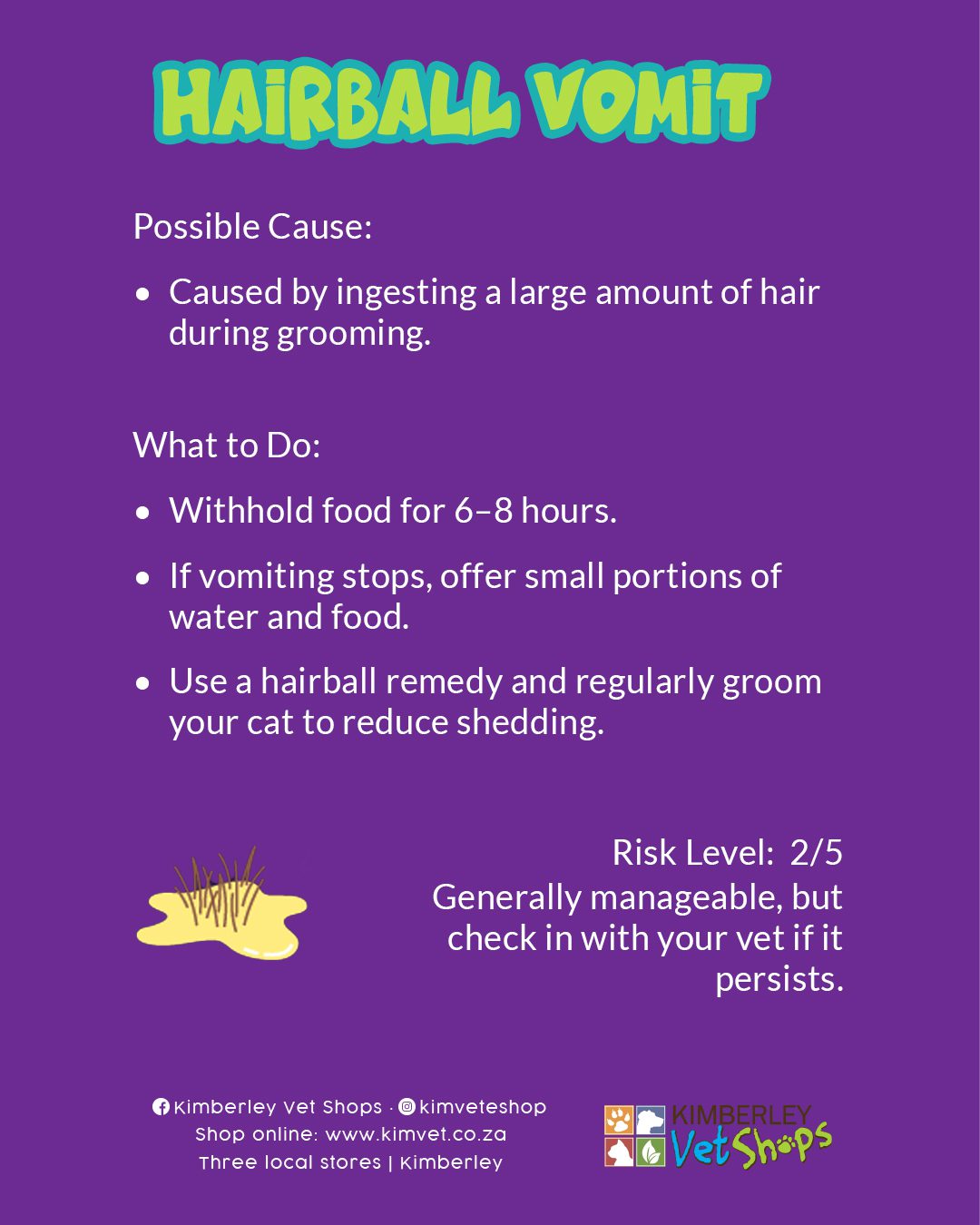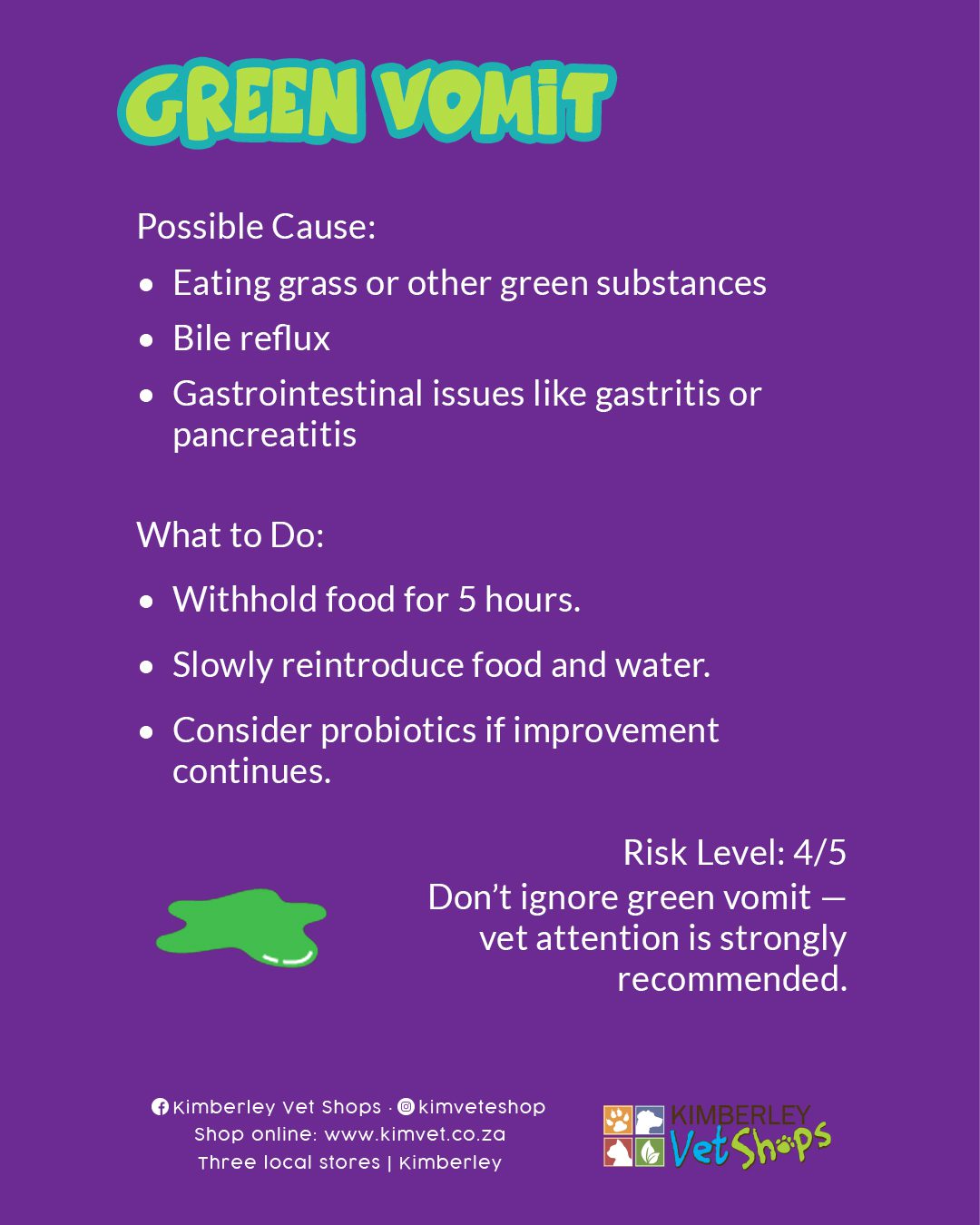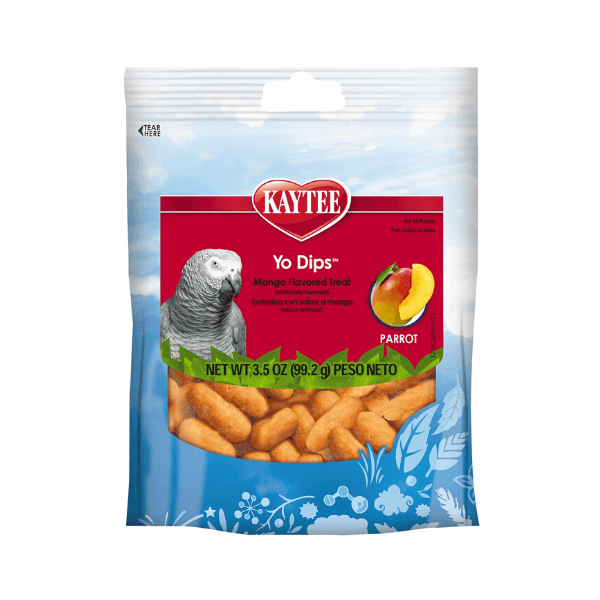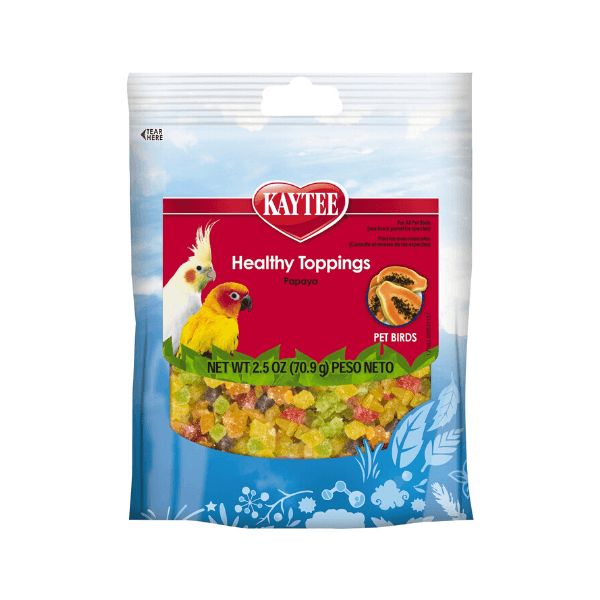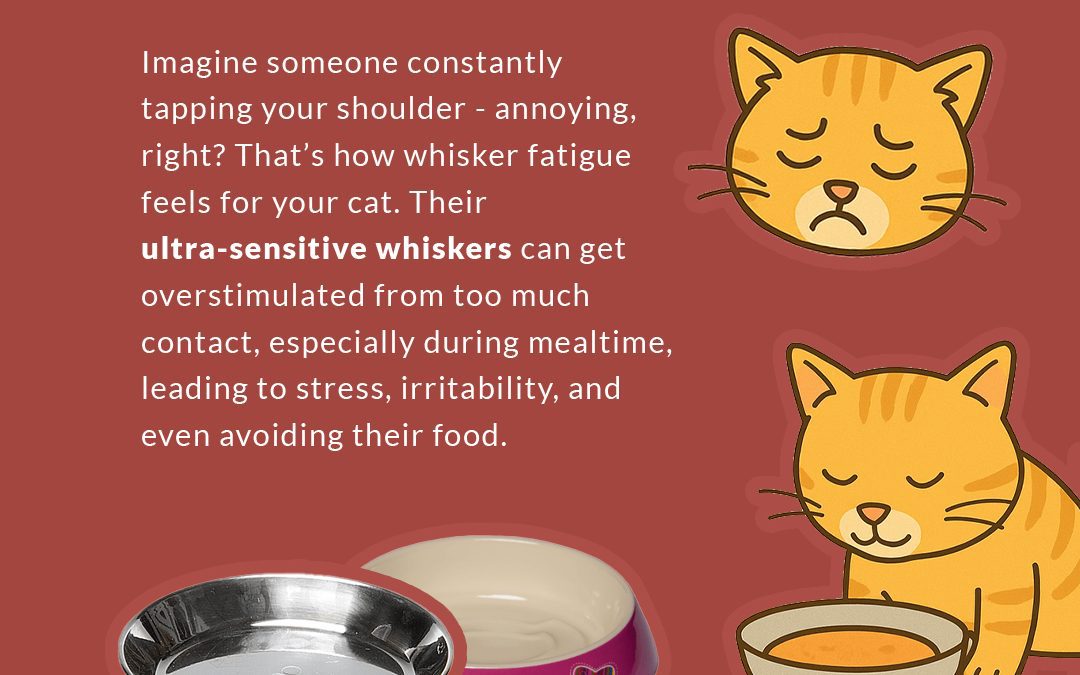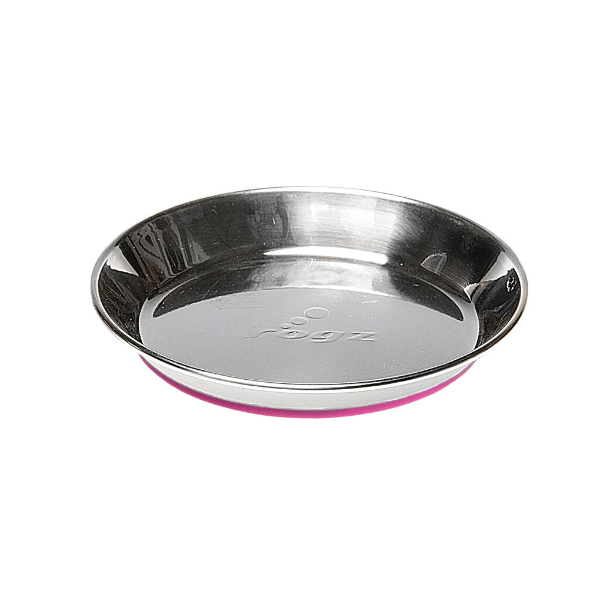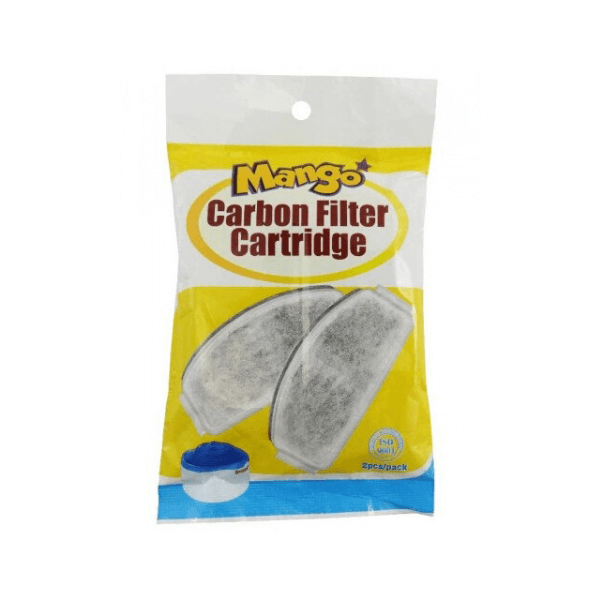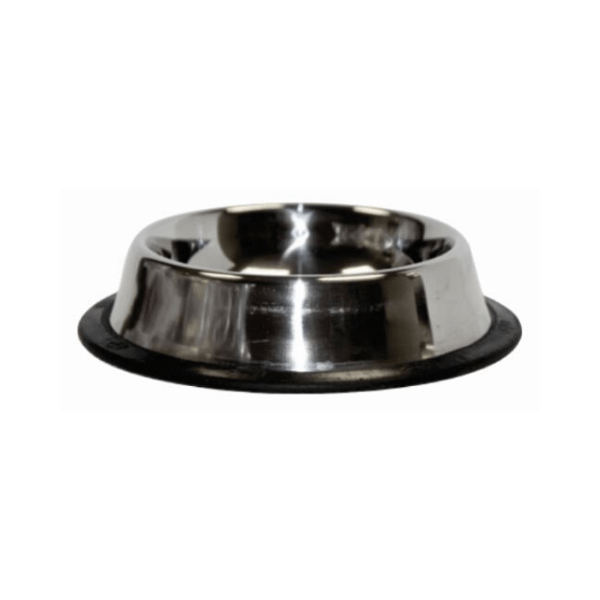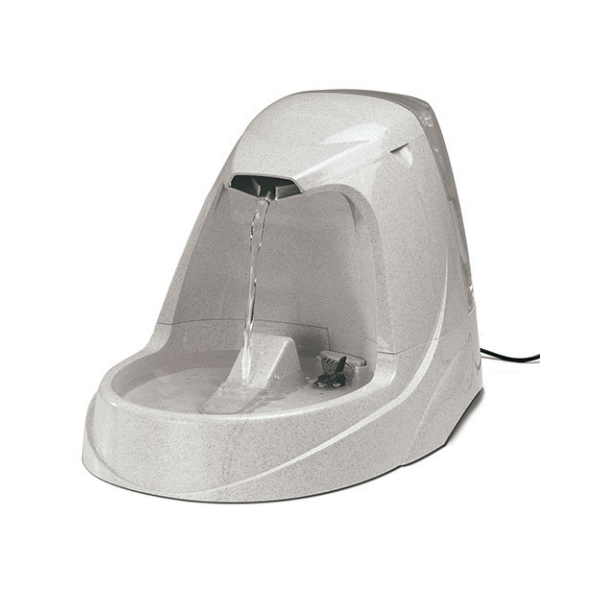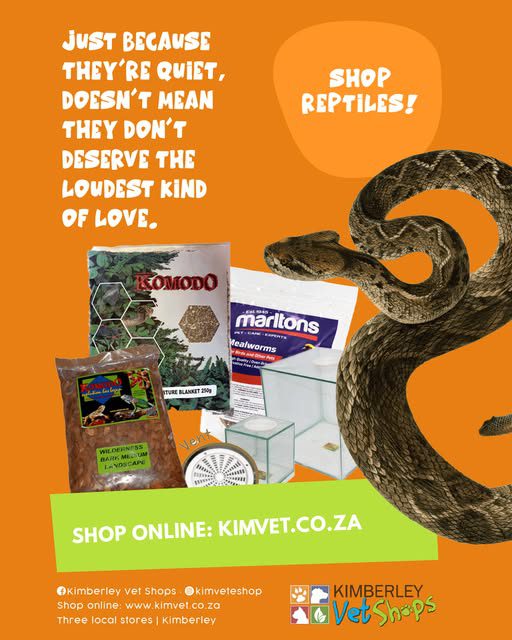
Reptile lovers — everything your cold-blooded buddy needs. Just because they’re quiet, doesn’t mean they don’t deserve the loudest kind of love.
View All Reptile Pet Products Available In Our Shop
For reptile enthusiasts, there's a wealth of resources and products to ensure a thriving environment for their cold-blooded companions. From habitat setups to specialized diets and enrichment items, reptile keepers can find everything needed to create a comfortable and stimulating space for their pets. This includes items like basking platforms, hides, thermometers, and appropriate substrates, as well as specific food options for different species.
- Habitat Setup:
- Enclosure: Choose an appropriately sized enclosure that allows for adequate space to move, thermoregulate, and exhibit natural behaviors.
- Substrate: Select a substrate that is safe, absorbent, and easy to clean, such as paper towels, reptile carpet, or bioactive substrates like soil or moss.
- Hides: Provide multiple hiding places to help your reptile feel secure and reduce stress.
- Thermometers and Hygrometers: Essential for monitoring temperature and humidity levels, ensuring they are within the appropriate range for the species.
- Basking Spots: Create basking areas with appropriate heat sources like ceramic heat emitters, heat lamps, or basking bulbs to allow reptiles to regulate their body temperature.
- Diet:
- Live Insects: Many reptiles thrive on a diet of live insects like crickets, mealworms, or dubia roaches.
- Frozen/Thawed Foods: Some reptiles can be fed frozen/thawed insects or rodents.
- Specialized Diets: Certain reptiles, like bearded dragons or tortoises, require specific diets with a balance of insects, vegetables, and/or fruits.
- Supplements: Ensure your reptile receives proper supplementation, such as calcium and vitamin D3, to prevent deficiencies.
- Enrichment:
- Climbing Structures: Provide branches, logs, or artificial plants for climbing and exploration.
- Plants: Live or artificial plants can add visual interest and humidity to the enclosure.
- Food Dishes and Water Bowls: Choose appropriately sized dishes for food and water.
- UVB Lighting: Most reptiles require UVB lighting for proper vitamin D3 production and calcium absorption.
- Health and Maintenance:
- Regular Cleaning: Keep the enclosure clean and remove waste regularly to prevent bacterial growth.
- Veterinary Care: Establish a relationship with a veterinarian specializing in reptile care.
- Observation: Monitor your reptile’s behavior and appearance for any signs of illness or stress.
#petsupplies #petcare #shoplocal #petlovers #petproducts #smallpets #animalcare
Komodo Moisture Blanket 250g
Moisture Blanket can retain and hold up to 4 times it’s own volume, water and will only release it when needed.
R52.41
2 in stock
Dried Mealworms 100g
Dried mealworms are loved by a vast array of animals from Poultry to Reptiles, from Garden Birds to Hedgehogs.
R87.21
21 in stock
